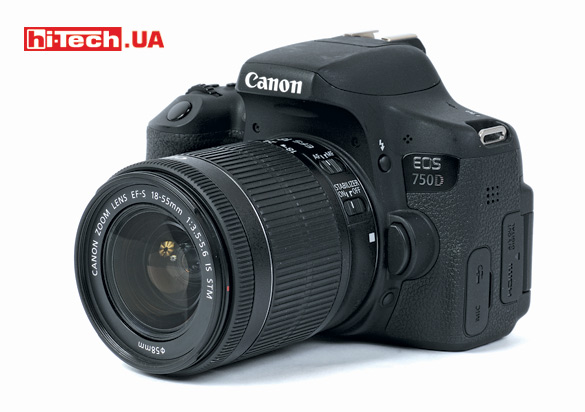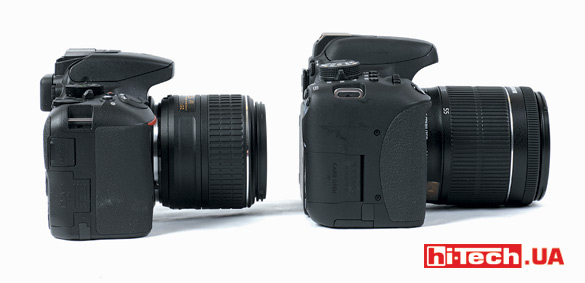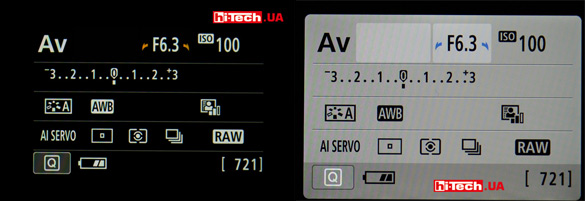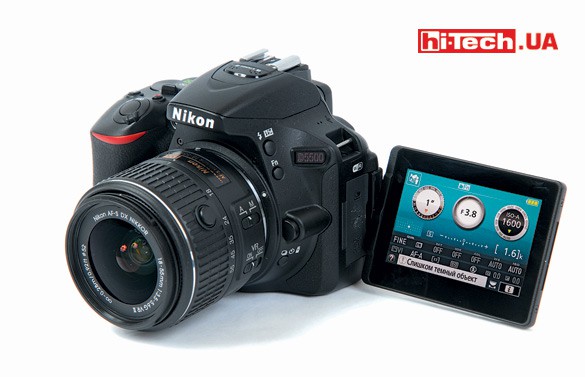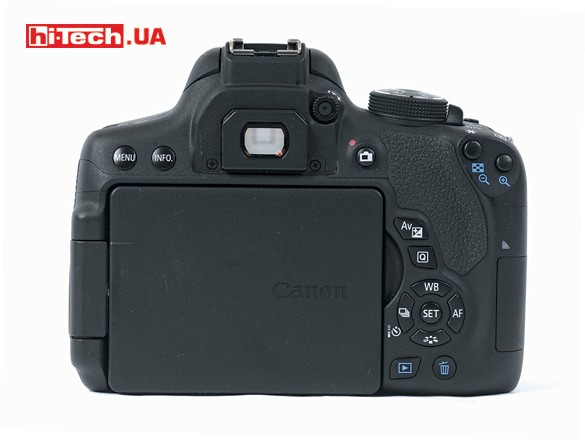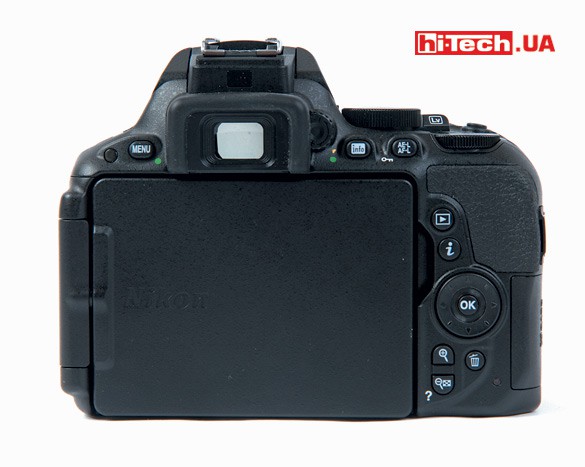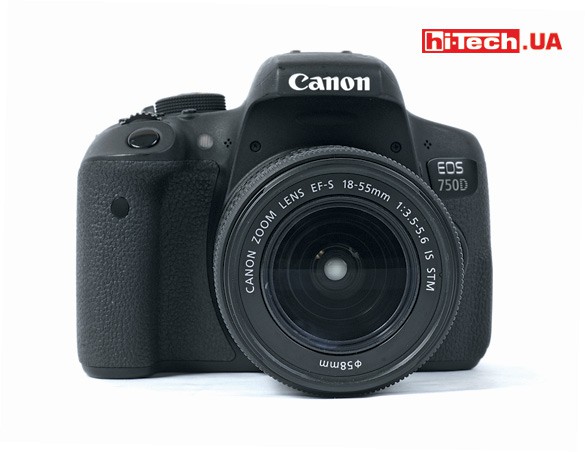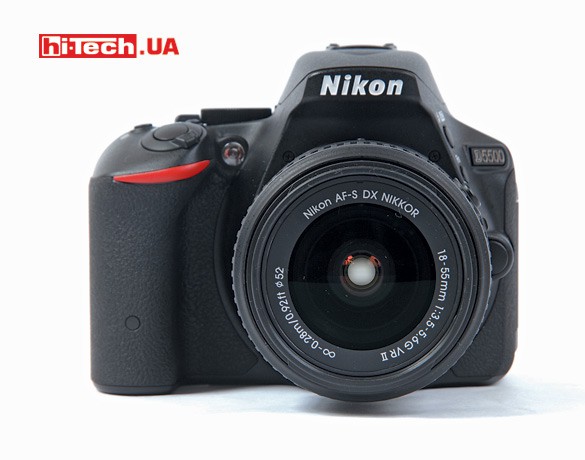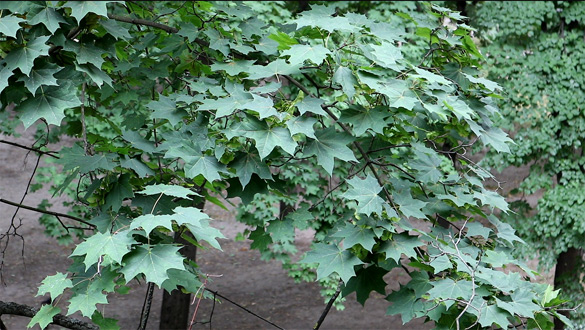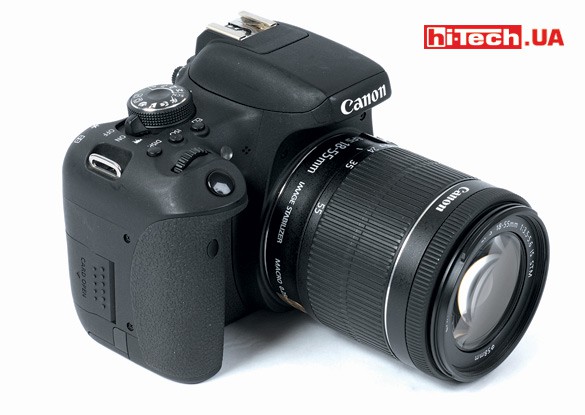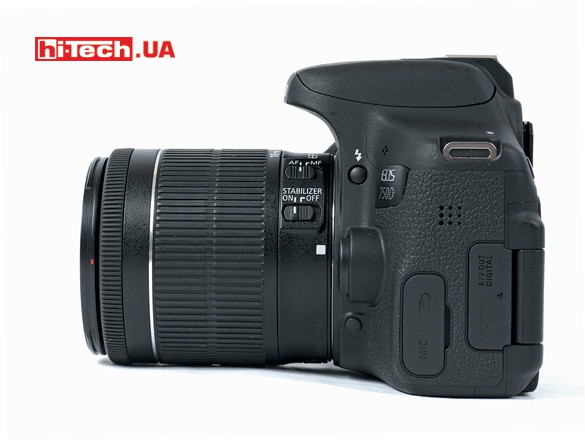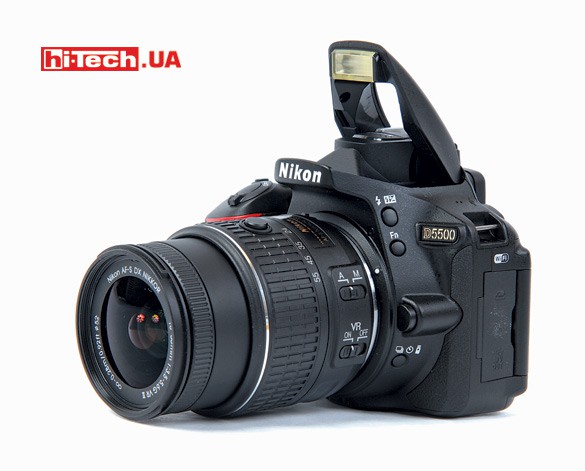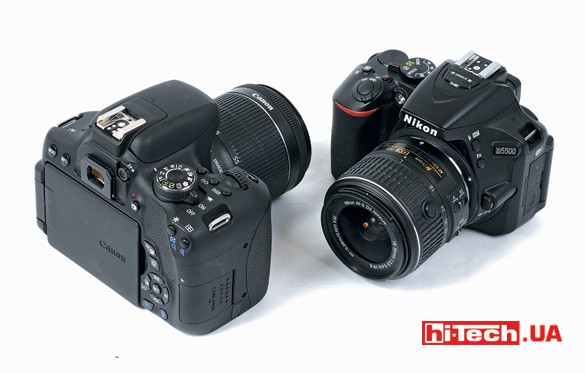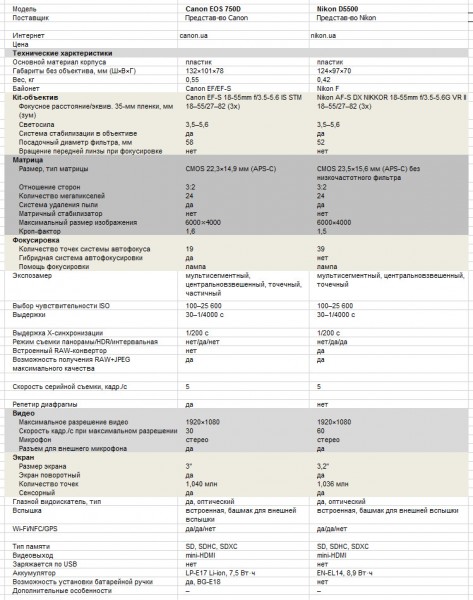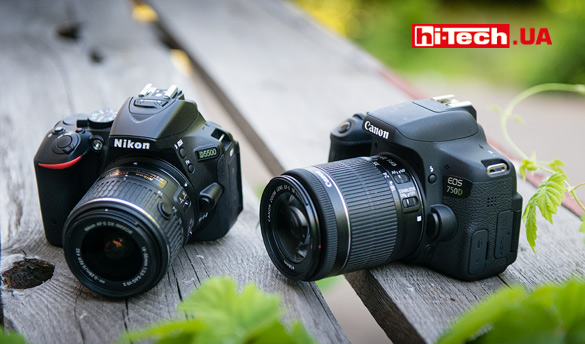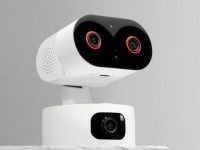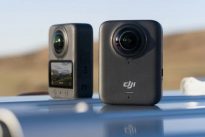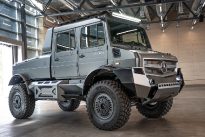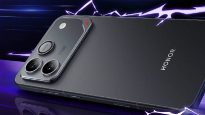Canon EOS 750D and Nikon D5500 SLR cameras review. Hard choice
09.10.15
Сanon EOS 750D and D5500 is this year’s new entry-level DSLR camera. Who turned out to be the winner this time in the traditional confrontation between photographic equipmentCanonandNikon?
The onslaught of hybrid mirrorless cameras on traditional DSLRs is being felt today on all fronts, but it is especially noticeable in the entry-level and mid-level system cameras (with interchangeable lenses).
Yes, mirrorless cameras are usually more compact, easier to use for most users, provide faster burst shooting speeds (if we talk about devices in the same price category) and focus better when shooting video.
But SLR cameras are still very popular, as they have a number of their own advantages: a great selection of different lenses, better autonomy, larger, but at the same time more convenient for the shooting process, bodies, an optical viewfinder (the exception is modern Sony SLR cameras, which are not have an optical viewfinder), really fast continuous focusing when taking photos.
The participants in this review, the Canon EOS 750D and Nikon D5500, are entry-level DSLRs, although Nikon and Canon also have more affordable DSLR devices. Typical for this class of devices is the use of fairly large matrices of APS-C size, which makes it possible to obtain high-quality images and equal depth of field (DOF – depth of field).
Pedigree
The 750D and D5500 have more than one generation of their predecessors. Canon EOS 750D replaced the 700D model. Among the changes that immediately catch your eye are a new 24-megapixel matrix (previously 18-megapixel), a more advanced 19-point focusing system, and Wi-Fi support.
The predecessor of the Nikon D5500 is the D5300. It received a smaller, lightweight body, a touch screen and, probably, a slightly modified matrix. The matrix resolution, as before, is 24 megapixels, but a wider sensitivity range is declared. It is noteworthy that the D5500 has lost its built-in GPS receiver.
The Canon EOS 750D camera was paired with the slightly more advanced Canon EOS 760D. The 750D and 760D are very similar, but the older model has an additional adjustment wheel, an LCD display on the top panel for displaying shooting parameters, and some other functional differences.
Dimensions, ease of control
The models have a traditional design for SLR cameras. In both cases, a protruding handle is provided for comfortable grip of the camera.
If Nikon took the path of miniaturization and made the D5500 more compact compared to its predecessor, the Canon EOS 750D has remained virtually unchanged in size and next to the D5500 it feels like a noticeably larger camera. The 750D is also heavier than the D5500 (550 and 420 g).
It’s easier for a compact camera to find a place in your bag, but when shooting, a larger body generally provides more comfort. The Canon EOS 750D is truly more comfortable to hold, and the larger and heavier the lens is installed, the more noticeable this advantage over the D5500 becomes.


Due to its smaller size, the Nikon D5500 camera, when using such a large lens, is noticeably inferior in ease of use to the Canon EOS 750D camera
By the way, most mirrorless cameras, in my opinion, are not even close to DSLRs in terms of grip comfort. They look especially funny when they are used with some large televisions.
The EOS 750D has more buttons for quick access to various options. Both cameras provide the ability to program one button to your liking.
As for ease of management, I would not single out the leader. In my opinion, both cameras are quite simple and easy to use, although they take some getting used to.

If in the Canon EOS 750D you can only change the background color with shooting parameters, then the Nikon D5500 provides a choice of display with different designs
ОAs expected for this class of devices, the EOS 750D and D5500 have plastic cases of a very decent level.
Screens
The Nikon D5500 screen size is 3.2 inches, and the Canon EOS 750D is 3 inches. The difference is small and not noticeable. The screen resolution is approximately the same (1 million pixels), there are no complaints about the viewing angles.
In accordance with modern trends, screensEOS750DandD 5500 touch. I would not say that this is a very important factor for a DSLR camera, but for many users, setting up a camera using touch controls today often turns out to be more familiar, understandable and convenient. Manufacturers take this into account.
Pay attention to the excellent design of the screens’ rotating mechanisms. Unlike most solutions found in mirrorless cameras, which only provide for adjusting the tilt of the screen, in these cameras the screen can be completely turned around with the back side, which will protect it from scratches during transportation, and can also be set in a position for taking self-portraits (selfies).
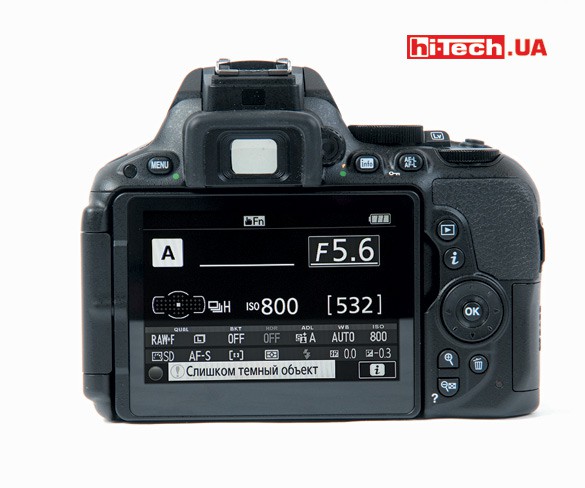
The screen can be completely turned back, which will protect it from scratches during transportation
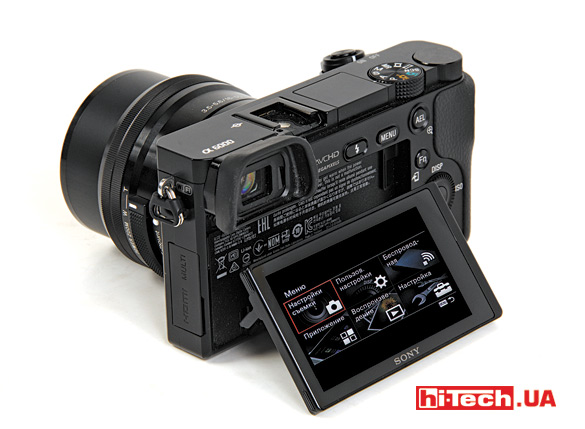
With such a mechanism, the screen cannot be fully expanded (pictured is a Sony Alpha a6000 mirrorless camera)
Autofocus and continuous shooting
Both cameras have a claimed burst shooting speed of 5 fps. Previously, this was a good indicator for a mid-level DSLR camera, but by modern standards it is rather modest indicators. Mirrorless cameras of similar price offer twice the speed.
It’s all about the design features. In DSLRs, where the mirror swings with each frame, it is not easy to achieve high speed. Nobody will install an expensive fast mechanism in entry-level DSLRs.
From my own experience, I will say that unless we are talking about some very specific use, then a speed of 5 fps will be more than enough for you.
The burst shooting speed was checked in a separate test (see signalgrams). The measured speed during continuous shooting of the Canon EOS 750D was indeed 5 fps, but the result of the Nikon D5500 was about 4.2 fps. In both cases, the shooting was carried out in RAW format, a short shutter speed was manually set, and the autofocus system was turned off. A Toshiba EXCERIA Type 1 memory card with a capacity of 32 GB was used for recording.

In Fig. signalgrams taken during serial shooting of Canon EOS 750D and Nikon D5500 in RAW format. The length of the signalgrams is 2 s. It can be seen that the Canon EOS 750D camera (lower signalgram) managed to take 10 frames in 2 seconds, while the Nikon D5500 (upper signalgram) took eight full frames and began taking the ninth
Single-frame focusing is not a problem for modern cameras. If previously DSLRs stood out here compared to other types of cameras, today the difference is insignificant.
It’s a different matter if we’re talking about continuous focusing. For sports photography, where large lenses are often used, lenses with long focal lengths, where, at times, you need to move the lens quickly and often, DSLR cameras are still the kings of the situation. Even the most advanced mirrorless cameras will not give you the convenience and speed of autofocus that even entry-level DSLR cameras provide. In this case, the optical viewfinder, the convenient large body, and the speed of continuous autofocus play into the hands of DSLRs. In this role, Nikon D5500 and Canon EOS 750D should not disappoint you.
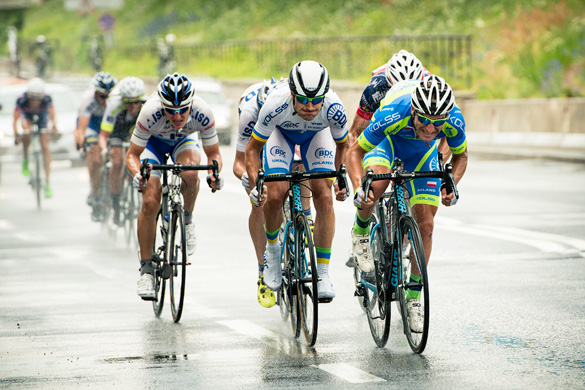
Nikon D5500 @ Nikkor 70-200mm f/2.8G Ed Vr Ii, ISO 320, f/4,5, 1/800 с, 200 мм (transformation to RAW-Jpeg in Adobe Camera Raw)
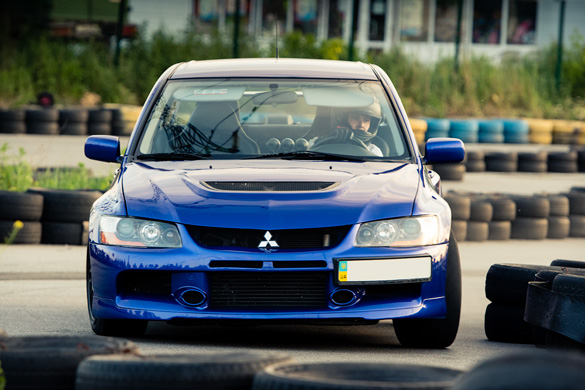
Nikon D5500 @ Nikkor 70-200mm f/2.8G Ed Vr Ii, ISO 1000, f/4,0, 1/400 с, 175 мм (transformation to RAW-Jpeg in Adobe Camera Raw)
Users who buy their first camera, for example, after the birth of a child, often have a need for tracking autofocus, when the camera tracks the movement of an object (child) in the frame and keeps it in focus. When using the Nikon D5500 eye viewfinder with its 39-point autofocus system and technology, the Nikon D5500 does a better job of this.
A separate topic for DSLR cameras is shooting in LiveView mode and video shooting (more about video shooting in the next section). The fact is that for this type of camera these modes are “non-native”, but in modern cameras they are in great demand. Due to the design features (more details – in the material) autofocus speed in LiveView mode and when shooting video with DSLRs can be relatively low.
Different manufacturers solve the problems associated with the implementation of LiveView and video recording in DSLR cameras in different ways. For example, Sony has developed a special design of SLR cameras with a translucent fixed mirror (SLT). Some Canon cameras are equipped with the third generation of hybrid autofocus system – Hybrid CMOS AF III or an even more advanced Dual Pixel CMOS AF system.
Nikon is somewhat behind in this regard and does not have similar technologies.
The Canon EOS 750D is equipped with a Hybrid CMOS AF III system and actually focuses faster in LiveView mode than the Nikon D5500. But it turned out that LiveView photography in tracking mode is virtually unavailable on the EOS 750D. By the way, according to information on the Internet, the EOS 760D does not have this problem.
Video mode
The video mode in modern cameras is no less important than photography. Today, more and more devices are appearing that can shoot 4K video, but the Nikon D5500 and Canon EOS 750D are not one of them. The maximum resolution when shooting with these cameras is Full HD (1920×1080).
At the same time, the maximum speed provided by the Canon EOS 750 is only 30 fps. By modern standards this is not enough. You can’t experiment with Slow Motion, and you can’t upload a “smooth” Full HD video to YouTube. The Nikon D5500, with its generally usual 60 fps for Full HD, looks more relevant.
But despite the above drawback, it is the video mode that sets the Canon EOS 750D apart from the Nikon D5500 for the better. It’s all about focusing speed. When shooting videoNikonD5500 focuses not so quickly and not so confidently. The difference is really noticeable. Moreover, Nikon D5500 recordings contain unwanted sounds from the autofocus system. Just for fun, I tried using not a Kit lens, but a Nikon 70-200mm f/2.8G ED AF-S VR II. The noise became quieter, but was still noticeable. The Canon EOS 750D, when working with a standard lens, has no problems with extraneous noise from autofocus operation.
In the videos you can compare the noise from the autofocus system of the Canon EOS 750D and Nikon D5500
The quality of video recordings from the Nikon D5500 and Canon EOS 750 cameras is very good, but compared to the way many other devices shoot today, I would not call them outstanding.
Both cameras offer exposure control when shooting video. We’re talking about setting shutter speed, aperture and sensitivity. True, traditionally for some Nikon cameras, in the D5500 you need to exit LiveView mode to change the aperture.
There are connectors for connecting an external microphone.
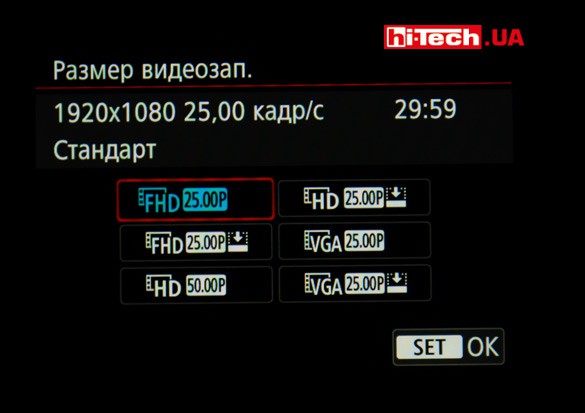
If necessary, both models allow you to switch between the European shooting speed format (25, 50 fps) and the American (30, 60 fps). The photo shows the screen of the EOS 750D camera
In the Nikon D5500, I also noticed a new “Flat” mode in the Picture Control with “muted” settings for contrast, saturation, and color. It is well suited for adding the necessary image settings during post-processing. A kind of GoPro ProTune, but without increasing the bitrate of recordings.
By the way, the touch screen can be really useful when shooting video. Tapping the screen makes it very convenient to select the focus point.
Kitlenses
Kit lenses, or kit lenses, are the lenses that come with the camera.
The Canon EOS 750D can be supplied separately (body) or together in versions with a Canon EF-S 18-55mm f/3.5-5.6 IS STM lens (as we tested) or a Canon EF-S 18-135mm f/3.5-5.6 lens IS STM.
The Canon EF-S 18-55mm f/3.5-5.6 IS STM has a standard kit lens focal length range. It provides four-stage (according to the manufacturer) image stabilization, does not shine with aperture, but provides a decent level of picture. Please note that the lens belongs to the STM series. Such lenses were developed precisely with LiveView and video mode in DSLRs in mind. They use a special stepping mechanism and provide silent, fast operation in the specified modes.
The kit lens options for the Nikon D5500 are very similar. There are Nikon D5500 kits with Nikon AF-S DX NIKKOR 18-55mm f/3.5-5.6G VR II lens, Nikon AF-S DX NIKKOR 18-140MM F/3.5-5.6G ED VR lens and others.
We tested a Nikon D5500 with a Nikon AF-S DX NIKKOR 18-55mm f/3.5-5.6G VR II lens. Its characteristics are similar to Canon’s Kit lens. A four-stage stabilization system is also announced; the aperture ratio, as well as the focal lengths, are identical. The picture quality is quite good.
Please note that in travel mode the NIKKOR 18-55mm f/3.5-5.6G VR II lenses are parked and the lens is reduced in size. It looks like Nikon really cares about small sizes in their entry-level cameras.
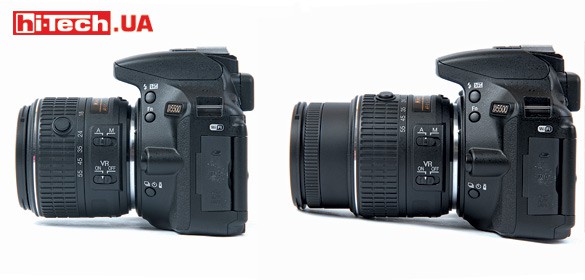
When the camera is turned off, the Nikon AF-S DX NIKKOR 18-55mm f/3.5-5.6G VR II lens can be folded (shown left)
For many, the capabilities of kit lenses are sufficient, but for a real photo enthusiast, they are rather just a simulator for understanding where to go when choosing a more advanced model.
The quality of materials and workmanship of Nikon AF-S DX NIKKOR 18-55mm f/3.5-5.6G VR II and Canon EF-S 18-55mm f/3.5-5.6 IS STM are typical for lenses of this level (plastic body, poor dust protection ).
Image quality
The cameras are equipped with matrices with a resolution of 24 megapixels. approximately the same size. The crop factor (shows how many times the diagonal of a given matrix is smaller than the diagonal of a 36×24 mm matrix, which I call full-format) of the Nikon D5500 matrix is 1.5, and the Canon EOS 750D is 1.6.
The D5500 matrix does not have a so-called low-pass filter. Without it, you can expect some increase in image clarity, but the likelihood of moire increases. However, you don’t have to worry too much about moire, because its probability decreases with increasing matrix resolution. And 24 megapixels for an APS-C matrix is a lot. Today, manufacturers are increasingly using this solution.
It was not possible to prepare paired images for comparison, so the Canon EOS 750D arrived to us when the Nikon D5500 had to be returned. There was only enough time for their joint photo shoot.
The cameras had to be compared in absentia, and according to a subjective assessment in practice, the difference in clarity between the Nikon D5500 and the Canon EOS 750D is almost invisible. As for sensitivity at high ISO values, there is no significant difference either, although the Nikon D5500 may have a slight advantage here.
In general, with proper preparation of the photographer, bothNikon D5500 and Canon EOS 750Dare capable of providing simply excellent image quality, suitable also for serious professional use.
Battery life
One of the advantages of the Nikon D5500 compared to its predecessor was the increase in the number of shots on one charge, although the battery model has not changed.
The standard battery capacity of Nikon D5500 (EN-EL14) is 8.9 Wh, Canon EOS 750D (LP-E17) – 7.5 Wh. The batteries are charged separately from the camera. Charging cameras or batteries separately via USB is not provided. By the way, USB charging is a fairly common solution for mirrorless cameras. When traveling, when you take a Power bank with you, this option can be convenient.
The D5500 claims 820 shots according to the CIPA standard (the instructions indicate that shooting was done every 30 seconds, every second frame with the flash at maximum power, LiveView mode was not used), while for the EOS 750D – 550 (the same CIPA standard ).
For the EOS 750D, the manufacturer additionally stated that the camera is capable of taking about 200 frames in LiveView mode.
Apparently, the battery life of the Nikon D5500 is slightly better compared to the Canon EOS 750D.
Some notes
It is very difficult to list in detail all the capabilities that cameras provide. There are simply a huge number of them. You just need to understand that cameras provide the widest field for various experiments with many manual settings. If you prefer simpler controls with automatic settings, the devices have a large set of scene programs. Manufacturers have done a good job making the cameras equally interesting for both enthusiasts and beginners.
I would still like to note some comments. The cameras do not have autofocus micro-adjustment. This refers to the coordination of the camera and lenses to eliminate problems such as back focus and front focus. This feature is found in cameras of higher classes. But even here it would be useful – as the resolution of the matrix increases, the requirements for focus accuracy increase.
HDR for photography is present in both cameras. Aperture repeater (viewing depth of field before shooting) is only available on the Canon EOS 750D. In turn, only Nikon D5500 can boast of a built-in RAW editor and interval shooting. Both cameras do not have an automatic panorama mode, but today this is considered a common function.
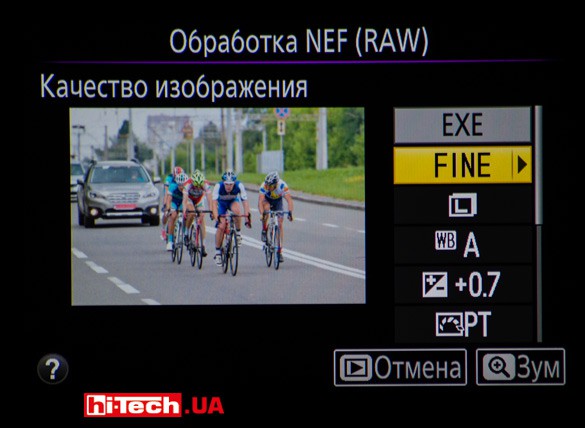
Nikon D5500 built-in RAW converter. You can get JPEG from RAW file with necessary settings directly in the camera
Wi–Fi
Wi-Fi is now firmly established in cameras. In such devices, first of all, it is used to transfer pictures to a smartphone/tablet or for remote control from these devices.
To work with the Nikon D5500, a proprietary Wireless Mobile Utility application is provided. Its functionality can be called the most basic. Only direct connection to a smartphone is supported (without connecting via a Wi-Fi access point). Supported functions include transferring images to a smartphone (by the way, you can transfer original files, including RAW files), viewing pictures on the camera, and remote control. The application runs quite smoothly. Opening the gallery is quite fast, even with a large number of pictures on the camera.
Wi–Fi-capabilitiesCanon EOS< strong>750Dis noticeably richer. In addition to working with a smartphone through the proprietary Canon Camera Connect application, it supports connecting another camera, a Wi-Fi printer, and uploading files to some web services (Facebook, Youtube, etc.). JPEG photos stored on the camera can be viewed using a multimedia player (DLNA). The camera connects to devices directly or through an access point.
The functionality of the Canon Camera Connect app is similar to Nikon Wireless Mobile Utility, but there are differences. Camera Connect can configure some camera settings, but does not provide RAW file transfer, which is available in the Wireless Mobile Utility.
Main characteristics of the Canon EOS 750D and Nikon D5500 cameras
Conclusions
The Canon EOS 750D and Nikon D5500 are excellent devices in the entry-level DSLR class. However, it was difficult to expect anything else, given the colossal experience of both manufacturers.
It’s not easy to give a preference, but I’ll try to formulate key points that will help you make your choice.
The Nikon D5500 is more compact, which is good for this class of cameras in most cases, but when using large lenses this is rather a disadvantage. When photographing using the optical viewfinder, both cameras deliver excellent autofocus speed results, but the D5500 does a slightly better job in some areas.
Nikon has slightly better results when working at high sensitivities and better battery life. But the Canon EOS 750D simply beats its competitor when it comes to video mode. This does not mean the quality of shooting, but how autofocus works in this mode. The autofocus performance of the Nikon D5500 when shooting video can be an unpleasant surprise for many.
Personally, I’m leaning more towards the Canon EOS 750D. The dimensions of its body are better suited for my tasks, I like the larger number of buttons for direct access to settings, and I also liked much more the way the camera’s autofocus behaves when shooting video.
Canon EOS 750D
Supplier: Canon Representative
Camera price with Canon EF-S 18-55mm f/3.5-5.6 IS STM lens: $770
Rating:
+ Hybrid CMOS AF III technology for fast autofocus in LiveView and video shooting
+ silent autofocus operation during video recording (tested with a standard lens)
+ comfortable grip
+ rotating touch screen
+ high quality shooting
- 30 fps for Full HD video recording
- problems with shooting moving objects in LiveView mode (Canon EOS 760D does not have such a problem)
Nikon D5500
Supplier: Nikon Representative
Camera price with Nikon AF-S DX NIKKOR 18-55mm f/3.5-5.6G VR II lens: $850
Rating:
+ relatively compact size
+ rotating touch screen
+ high quality shooting
+ built-in interval timer
+ relatively large number of frames per charge
+ there is no low-pass filter on the matrix
- speed and quality of autofocus when shooting video
- unwanted sounds from the autofocus system are heard in video recordings
- modest Wi-Fi capabilities
Engineer of the Test Laboratory
Don't miss interesting news
Subscribe to our channels and read announcements of high-tech news, tes
Oppo A6 Pro smartphone review: ambitious

Creating new mid-range smartphones is no easy task. Manufacturers have to balance performance, camera capabilities, displays, and the overall cost impact of each component. How the new Oppo A6 Pro balances these factors is discussed in our review.
Editor’s Choice 2025. Best devices of the year by hi-tech.ua
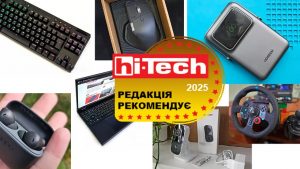
The best gaming laptops, mice for work, gaming keyboards, smartphones, and wireless headphones of 2025. Among them, we will highlight the most interesting ones and those that we can recommend buying.
Modern Mercedes-Benz Unimog get 7.7-liter V6 car Mercedes-Benz
The concept is based on the Mercedes-Benz Unimog U 4023 with portal axles, a robust frame and a full set of differential locks. The main technical change was the replacement of the standard 5.1-liter diesel engine
Honor почне випускати ігрові смартфони games Honor smartphone
За швидкодію відповідають флагманські платформи Qualcomm: Honor Win побудований на Snapdragon 8 Elite, а Honor Win Pro – на новітньому Snapdragon 8 Elite Gen 5



